
Shamanism or samanism is a religious practice that involves a practitioner interacting with the spirit world through altered states of consciousness, such as trance. The goal of this is usually to direct spirits or spiritual energies into the physical world for the purpose of healing, divination, or to aid human beings in some other way.
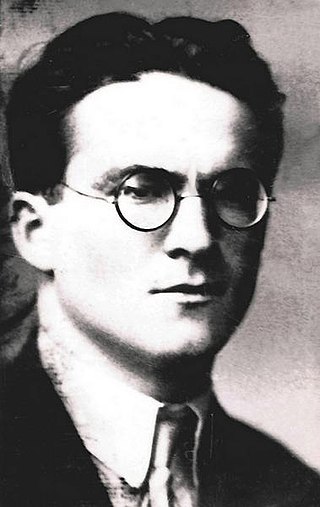
Mircea Eliade was a Romanian historian of religion, fiction writer, philosopher, and professor at the University of Chicago. He was a leading interpreter of religious experience, who established paradigms in religious studies that persist to this day. His theory that hierophanies form the basis of religion, splitting the human experience of reality into sacred and profane space and time, has proved influential. One of his most instrumental contributions to religious studies was his theory of eternal return, which holds that myths and rituals do not simply commemorate hierophanies, but, at least in the minds of the religious, actually participate in them.

Siberian Yupiks, or Yuits, are a Yupik people who reside along the coast of the Chukchi Peninsula in the far northeast of the Russian Federation and on St. Lawrence Island in Alaska. They speak Central Siberian Yupik, a Yupik language of the Eskimo–Aleut family of languages.

Kets are a Yeniseian-speaking people in Siberia. During the Russian Empire, they were known as Ostyaks, without differentiating them from several other Siberian people. Later, they became known as Yenisei Ostyaks because they lived in the middle and lower basin of the Yenisei River in the Krasnoyarsk Krai district of Russia. The modern Kets lived along the eastern middle stretch of the river before being assimilated politically into Russia between the 17th and 19th centuries. According to the 2010 census, there were 1,220 Kets in Russia. According to the 2021 census, this number had declined to 1,088.
Ronald Edmund Hutton is an English historian who specialises in early modern Britain, British folklore, pre-Christian religion and Contemporary Paganism. He is a professor at the University of Bristol, has written 14 books and has appeared on British television and radio. He held a fellowship at Magdalen College, Oxford, and is a Commissioner of English Heritage.

Tengrism is an ethnic Turkic, Yeniseian, Mongolic religion originating in the Eurasian steppes, based on shamanism and animism. It generally involves the titular sky god Tengri, who is not considered a deity in the usual sense but a personification of the universe. According to some scholars, adherents of Tengrism view the purpose of life to be in harmony with the universe.
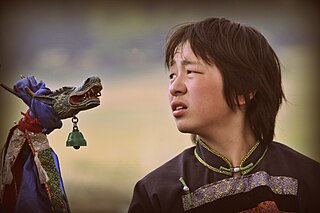
A large minority of people in North Asia, particularly in Siberia, follow the religio-cultural practices of shamanism. Some researchers regard Siberia as the heartland of shamanism.
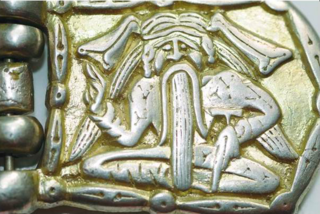
Hungarian mythology includes the myths, legends, folk tales, fairy tales and gods of the Hungarians, also known as the Magyarok.
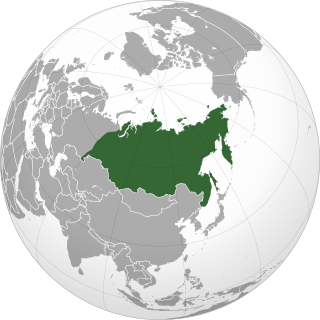
Siberia is a vast region spanning the northern part of the Asian continent, and forming the Asiatic portion of Russia. As a result of the Russian conquest of Siberia and of the subsequent population movements during the Soviet era (1917-1991), the modern-day demographics of Siberia is dominated by ethnic Russians (Siberiaks) and other Slavs. However, there remains a slowly increasing number of Indigenous groups, accounting for about 5% of the total Siberian population, some of which are closely genetically related to Indigenous peoples of the Americas.
Shamanism in various cultures shows great diversity. In some cultures, shamanic music may intentionally mimic natural sounds, sometimes with onomatopoeia. Imitation of natural sounds may also serve other functions not necessarily related to shamanism, such as luring in the hunt; and entertainment.
Sirenik or Sireniki are former speakers of a divergent Eskimo language in Siberia, before its extinction. The total language death of this language means that now the cultural identity of Sirenik Eskimos is maintained through other aspects: slight dialectal difference in the adopted Siberian Yupik language; sense of place, including appreciation of the antiquity of their settlement Sirenik.
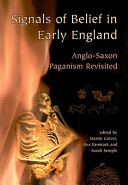
Signals of Belief in Early England: Anglo-Saxon Paganism Revisited is an academic anthology edited by the British archaeologists Martin Carver, Alex Sanmark and Sarah Semple which was first published by Oxbow Books in 2010. Containing nine separate papers produced by various scholars working in the fields of Anglo-Saxon archaeology and Anglo-Saxon history, the book presents a number of new perspectives on Anglo-Saxon paganism and, to a lesser extent, early Anglo-Saxon Christianity. The collection – published in honour of the archaeologist Audrey Meaney – was put together on the basis of a conference on "Paganism and Popular Practice" held at the University of Oxford in 2005.

The Viking Way: Religion and War in Late Iron Age Scandinavia is an archaeological study of old Norse religion in Late Iron Age-Scandinavia. It was written by the English archaeologist Neil Price, then a professor at the University of Aberdeen, and first published by the Department of Archaeology and Ancient History at Uppsala University in 2002. A revised second edition is due to be published in 2017 by Oxbow Books.
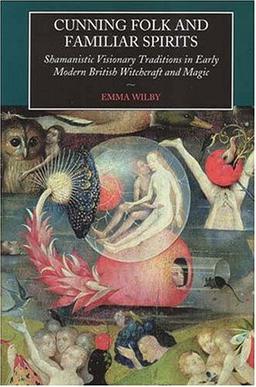
Cunning Folk and Familiar Spirits: Shamanistic Visionary Traditions in Early Modern British Witchcraft and Magic is a study of the beliefs regarding witchcraft and magic in Early Modern Britain written by the British historian Emma Wilby. First published by Sussex Academic Press in 2003, the book presented Wilby's theory that the beliefs regarding familiar spirits found among magical practitioners – both benevolent cunning folk and malevolent witches – reflected evidence for a general folk belief in these beings, which stemmed from a pre-Christian visionary tradition.
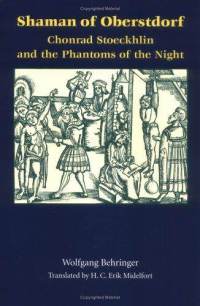
Shaman of Oberstdorf: Chonrad Stoeckhlin and the Phantoms of the Night is a study of the arrest and trial of Chonrad Stoecklin (1549–1587), a German herdsman from the town of Oberstdorf who was accused and executed for the crime of witchcraft after experiencing a series of visions. Written by the German historian Wolfgang Behringer, himself a specialist in the Early Modern witch trials of Germany, Shaman of Oberstdorf was initially published in German as Chonrad Stoekhlin und die Nachtschar: Eine Geschichte aus der frühen Neuzeit by R. Piper GmbH & Co. in 1994. It was subsequently translated into English by H.C. Erik Midelfort and published in 1998 by the University of Virginia Press.

The Night Battles: Witchcraft and Agrarian Cults in the Sixteenth and Seventeenth Centuries is a historical study of the benandanti folk custom of 16th and 17th century Friuli, Northeastern Italy. It was written by the Italian historian Carlo Ginzburg, then of the University of Bologna, and first published by the company Giulio Einaudi in 1966 under the Italian title of I Benandanti: Stregoneria e culti agrari tra Cinquecento e Seicento. It was later translated into English by John and Anne Tedeschi and published by Routledge and Kegan Paul in 1983 with a new foreword written by the historian Eric Hobsbawm.

The Archaeology of Shamanism is an academic anthology edited by the English archaeologist Neil Price which was first published by Routledge in 2001. Containing fourteen separate papers produced by various scholars working in the disciplines of archaeology and anthropology, it looks at the manner in which archaeologists can interpret shamanism in the archaeological record.

Shamanism: Archaic Techniques of Ecstasy is a historical study of the different forms of shamanism around the world written by the Romanian historian of religion Mircea Eliade. It was first published in France by Librarie Payot under the French title of Le Chamanisme et les techniques archaïques de l'extase in 1951. The book was subsequently translated into English by Willard R. Trask and published by Princeton University Press in 1964.
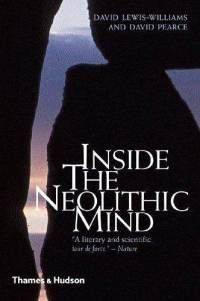
Inside the Neolithic Mind: Consciousness, Cosmos and the Realm of the Gods is a cognitive archaeological study of Neolithic religious beliefs in Europe co-written by the archaeologists David Lewis-Williams and David Pearce, both of the University of the Witwatersrand in Johannesburg, South Africa. It was first published by Thames and Hudson in 2005. Following on from Lewis-Williams' earlier work, The Mind in the Cave (2002), the book discusses the role of human cognition in the development of religion and Neolithic art.
Shamanism is a religious practice present in various cultures and religions around the world. Shamanism takes on many different forms, which vary greatly by region and culture and are shaped by the distinct histories of its practitioners.

















